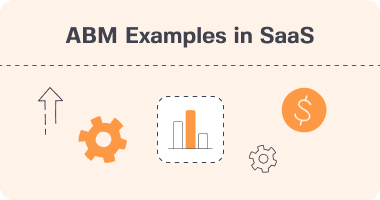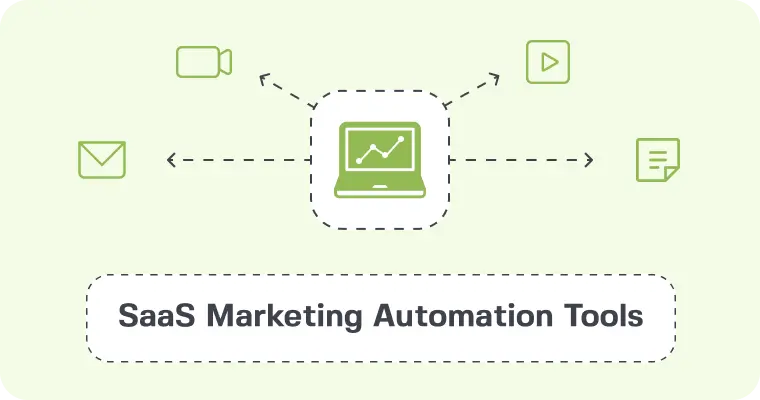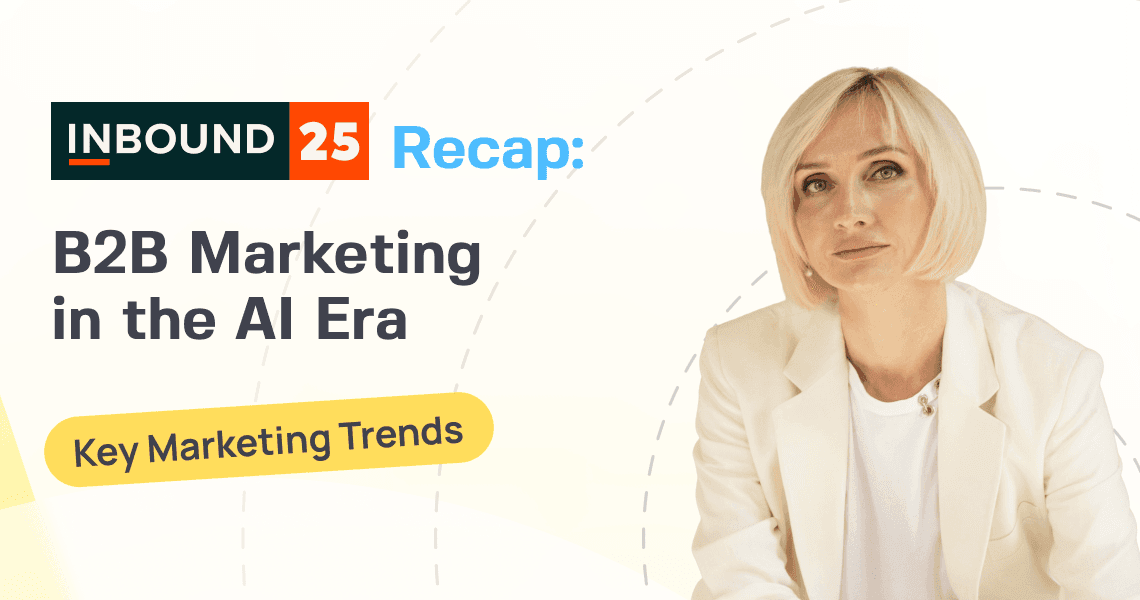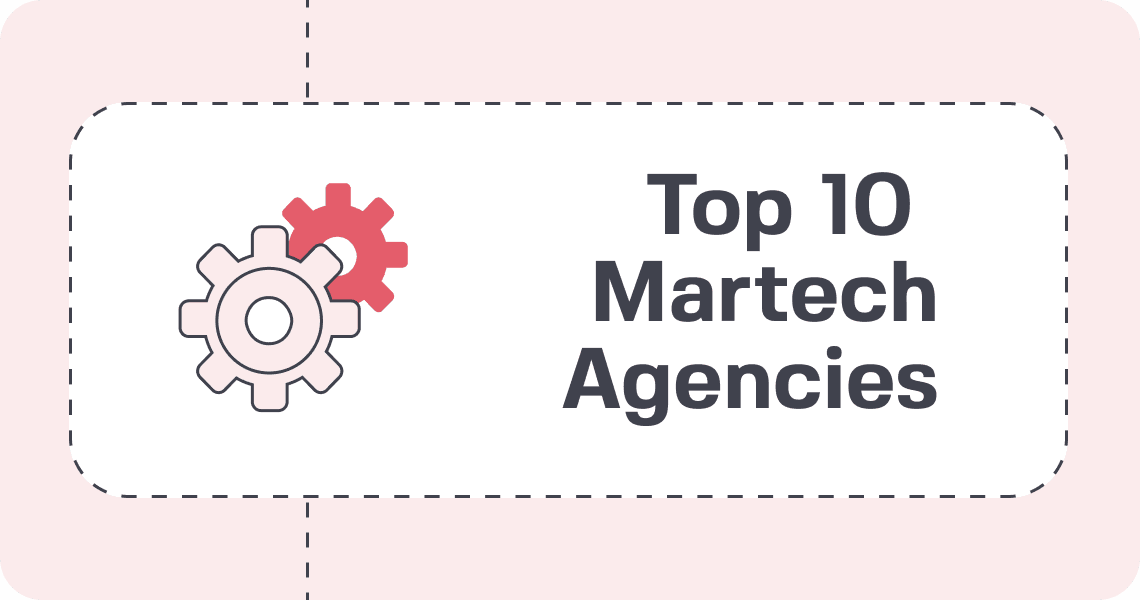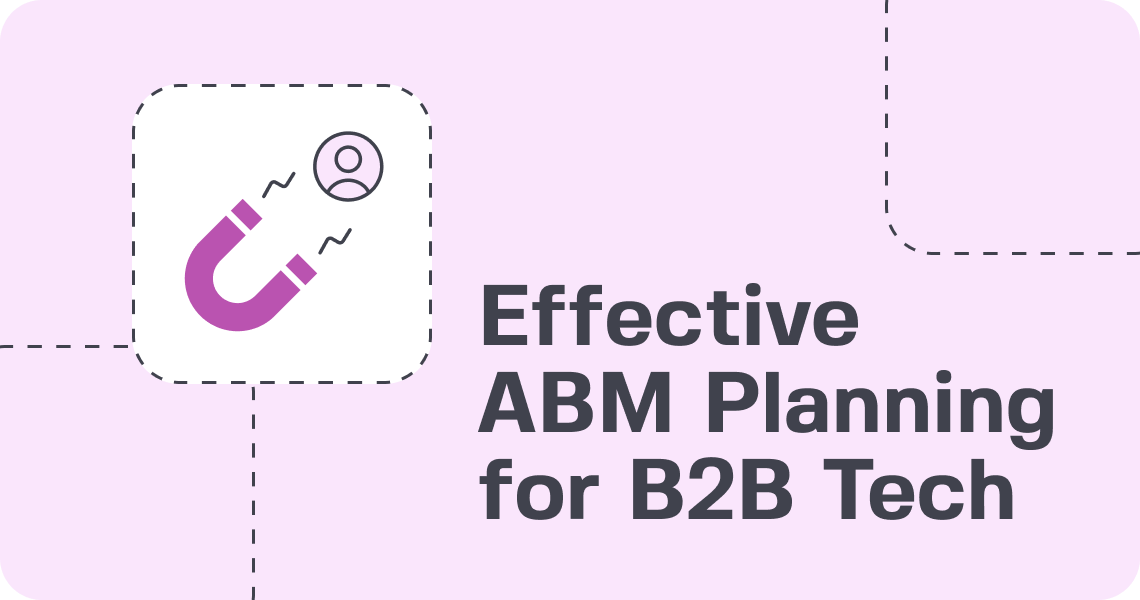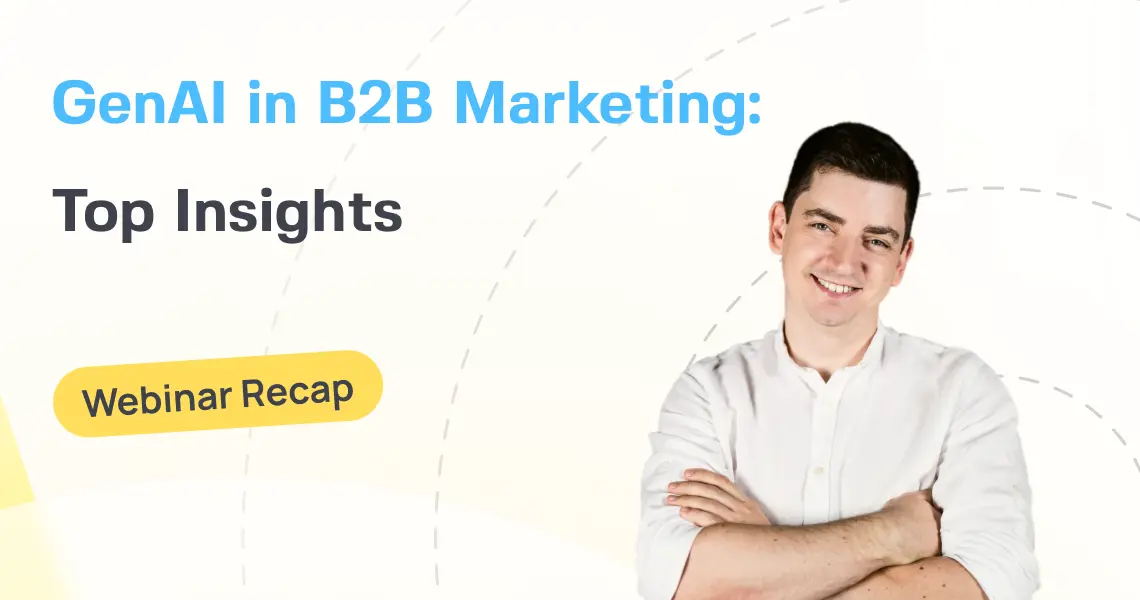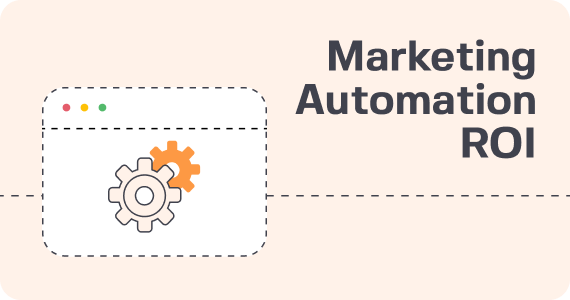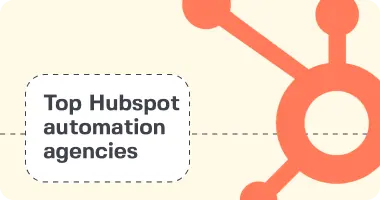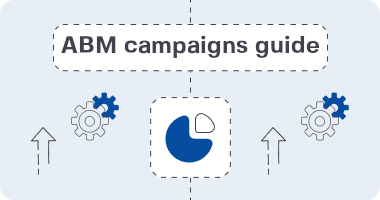In today’s B2B marketing landscape, one-size-fits-all just doesn’t cut it. Whether you’re targeting enterprise-level decision-makers or nurturing thousands of leads, the tools and strategies you choose can make or break your success. Enter Account-Based Marketing (ABM) and Marketing Automation—two powerhouse approaches that, when done right, turn cold prospects into loyal customers. But what makes them tick, how do they differ, and how can they work together? Let’s dive in.
Account-based marketing
What it is: ABM is a strategic approach where your marketing and sales teams collaborate to target specific high-value accounts (companies), focusing on specific accounts using personalized strategies rather than casting a wide net to attract many leads. ABM focuses on targeted engagement and personalized engagement with valuable accounts, using intent data and a customer centric approach to identify and prioritize potential customers.
Key components: These are the key components of a successful abm strategy that incorporates these elements:
- Highly personalized: You create customized marketing content and campaigns for specific companies or even individual decision-makers, delivering personalized content to best accounts.
- ABM campaigns: Run targeted, multi-channel abm campaigns aimed at decision-makers within specific accounts, integrating marketing automation tools and sales CRM to coordinate efforts and gather intelligence for personalized outreach.
- Alignment with sales: ABM relies heavily on sales and marketing working together closely, including collaboration between marketing and sales departments, sales and marketing teams, and marketing teams. The sales team and sales reps play a crucial role in engaging target accounts.
- Best for high-value B2B deals: Especially if your product has a long sales cycle or a high price point, and you want to identify high value accounts and target customers.
- Focus on quality over quantity.
- Leverage multiple channels: Use multiple channels such as email, social media, direct mail, and events for account engagement and to maximize targeted engagement.
- Data driven decision making: Use data driven decision making and intent data to identify high value accounts, target customers, and potential customers for your account based marketing strategies.
- Marketing resources: Ensure you have the necessary marketing resources, tools, and personnel to execute effective account based marketing strategies.
- Expand existing accounts: Focus on expanding relationships with existing accounts and high value customers for long-term growth.
- Content strategy: Repurpose existing content and create relevant content and personalized content for best accounts and valuable accounts to drive account engagement.
Example: You create a personalized campaign for a Fortune 500 company’s CTO, including tailored whitepapers, targeted LinkedIn ads, and a custom landing page addressing their exact challenges. This personalized campaign uses targeted engagement and multiple channels such as direct mail, social media, and email to reach the target account. The sales rep coordinates with marketing to deliver personalized engagement and ensure the target account receives relevant, impactful messaging.
Marketing Automation:
What it is:Marketing automation is the use of software to automate repetitive marketing tasks like email nurturing, social media posting, lead scoring, and campaign tracking. Marketing automation streamlines marketing activities, automates repetitive processes and repetitive tasks, and improves campaign management and marketing operations.
Key characteristics:
- Efficiency at scale: You can engage thousands of leads across the funnel automatically.
- Lead nurturing: It helps convert marketing-qualified leads (MQLs) into sales-qualified leads (SQLs).
- Data-driven: Uses behavior-based triggers (e.g., website visits, email opens) to send timely content.
- Best for top- and mid-funnel engagement.
- Leveraging marketing automation platforms: Use marketing automation platforms for campaign management and marketing operations to increase efficiency and ROI.
- Multi-channel engagement: Use email marketing, social media posts, and social media marketing to nurture leads and engage a broader audience.
- Guided customer journey: Automated workflows guide prospects through the sales funnel and buyer’s journey, personalizing content at each stage.
- Supports diverse marketing approaches: Marketing automation supports various marketing approaches and marketing strategy, contrasting with traditional marketing methods like direct mail.
Example:A lead downloads your eBook → they’re added to an email sequence → if they click a link in email #3, they’re flagged as an SQL and passed to sales. You can also use marketing automation to schedule a blog post, manage google ads, and coordinate social media marketing as part of a comprehensive marketing strategy.
ABM vs. Marketing Automation: Key Differences
When considering marketing strategies for B2B organizations, it’s important to compare account based marketing vs marketing automation to understand how these approaches differ and complement each other.
| Feature | Account-Based Marketing (ABM) | Marketing Automation |
| Targeting | Specific high-value accounts | Broad audience segments |
| Personalization | Highly customized, 1:1 or 1:few | Dynamic content, but less individualized |
| Scale | Lower scale, high effort | High scale, more automation |
| Sales & Marketing | Deep collaboration required between sales departments and marketing teams, with closely aligned sales efforts and marketing efforts to target accounts | Marketing-driven with optional sales input, typically focused on broader marketing efforts |
| Tech Stack | ABM tools (e.g., Terminus, Demandbase) | Automation tools (e.g., HubSpot, Marketo), customer relationship management (CRM) systems such as HubSpot CRM, which provide visibility into customer interactions and support personalized marketing strategies aligned with automation and ABM |
| Use case | Enterprise B2B with long sales cycles | Lead nurturing, onboarding, re-engagement |
Integrating abm and marketing automation can create a powerful approach, allowing organizations to align their marketing strategies by combining targeted, account-specific tactics with scalable, automated processes. The choice between account based marketing vs marketing automation—or using both—depends on business goals and the desired balance between personalized and scalable marketing efforts.
Role of Intent Data in ABM and Marketing Automation
Intent data has become a game-changer for both account based marketing and marketing automation, empowering marketing teams to make smarter, more targeted decisions. By analyzing signals such as online research behavior, content engagement, and digital interactions, intent data reveals which target accounts are actively exploring solutions related to your offerings.
In the context of account based marketing, intent data enables marketing and sales teams to identify high value accounts that are showing genuine interest. This insight allows for the creation of personalized campaigns and relevant content that speak directly to the needs and pain points of each target account. As a result, marketing efforts become more focused, increasing the likelihood of engaging decision makers and moving them further down the sales funnel.
For marketing automation, intent data enhances the ability to nurture leads with personalized content at the right time. Automation tools can trigger specific marketing activities based on a lead’s behavior, ensuring that prospects receive relevant information that matches their stage in the buyer’s journey. This not only improves lead quality but also helps sales teams prioritize their outreach to the most engaged leads.
By leveraging intent data, organizations can foster stronger relationships with their target audience, optimize their marketing resources, and drive higher conversion rates. Whether used in account based marketing abm or as part of a broader marketing automation strategy, intent data is essential for delivering personalized engagement and achieving measurable business outcomes.
Final Thoughts:
- Use ABM if you have a small number of high-value clients and need deep personalization and tight sales alignment.
- Use Marketing Automation if you want to scale lead generation and nurture hundreds or thousands of leads efficiently.
- Many companies use both, integrating marketing automation tools within their ABM strategy.
If you’re working with an agency, ask them how they approach ABM vs. automation and whether they can integrate both based on your goals.
In the end, it’s not about choosing ABM or Marketing Automation—it’s about using the right mix to meet your goals. ABM brings laser-focused personalization and deep sales alignment for high-stakes deals, while Marketing Automation delivers the scale and efficiency to nurture broad audiences. By combining both and leveraging intent data, you unlock smarter targeting, stronger engagement, and better ROI. Ready to take your strategy to the next level? Make sure your team—or your agency—knows how to balance precision with scale for maximum impact.
Take Your Growth Strategy Further with 42DM
Whether you’re navigating complex B2B sales cycles or scaling your lead generation efforts, the smartest path forward often blends both Account-Based Marketing and Marketing Automation. At 42DM, we help B2B tech companies build custom growth engines that integrate targeted ABM strategies with automation at scale—backed by data, powered by content, and aligned with your sales team every step of the way.
If you’re ready to stop choosing between personalization and efficiency, and instead create a system that delivers both, let’s talk. Explore our services by the 42DM ABM agency and see how we can help turn your highest-value accounts into your biggest wins.


